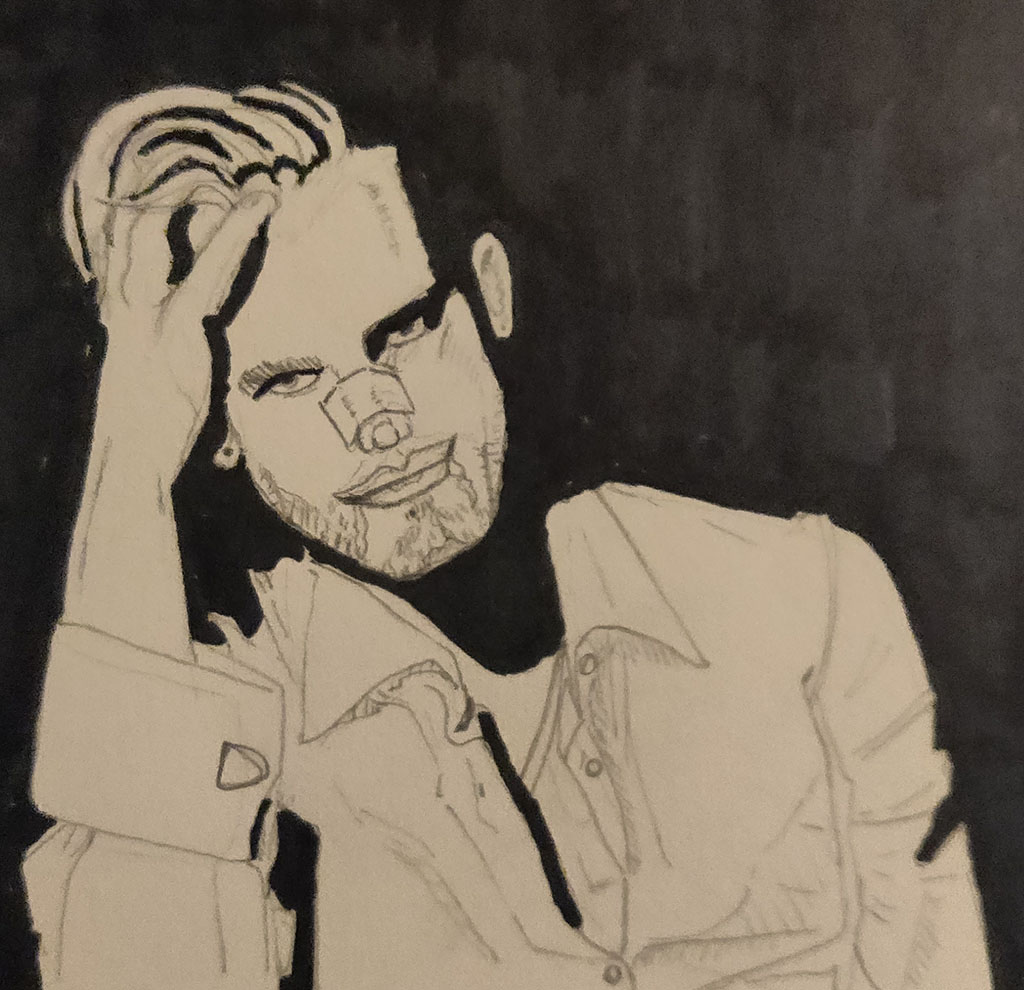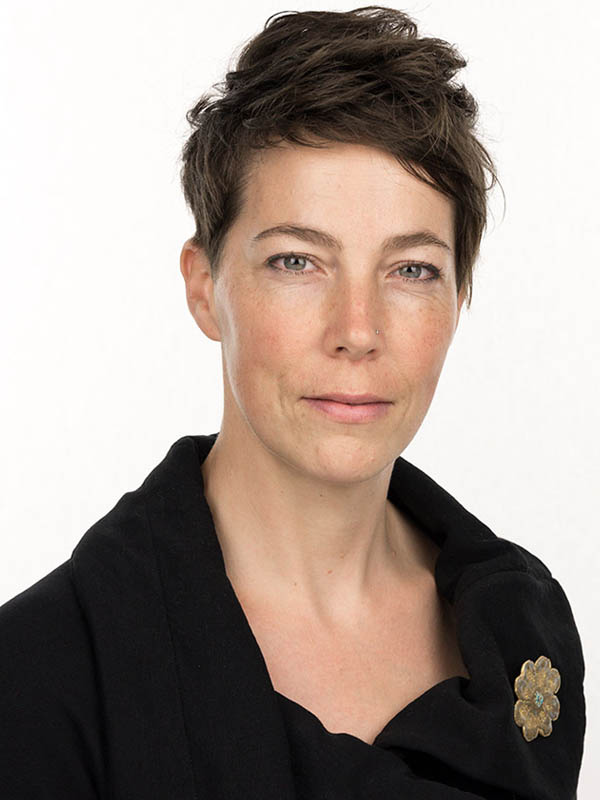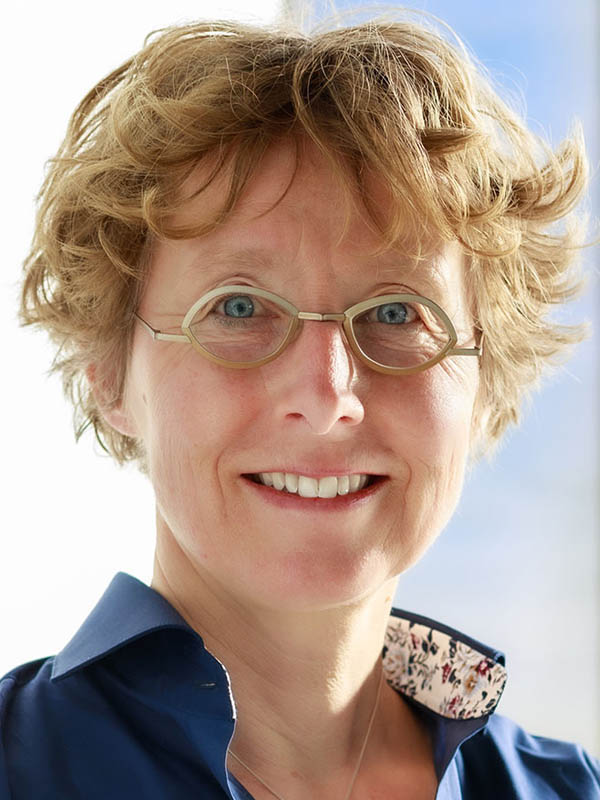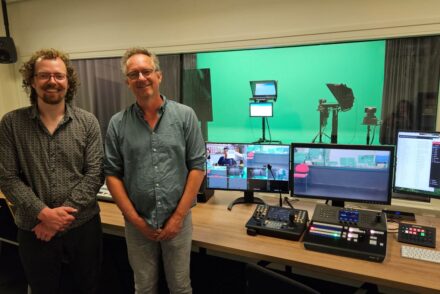Students grieve together: ‘I learned a lot about mourning, but maybe even more about love’
The loss of a loved one, a job, future, or safe homeland. Mourning comes in many shapes and colors, and everyone mourns in his/her own way. Some can use just a little more help with this than others, say Ellen Dreezens, lecturer at Tilburg University and psychologist, and photographer Gerdien Wolthaus Paauw. Therefore, they are giving a special course on mourning to students: “We give students tools to find their own way within the mourning process.”

Once every two weeks, ten students meet in the Zwijssen Building. Led by lecturer and psychologist Ellen Dreezens and photographer Gerdien Wolthaus Paauw, they participate in a special training: one entirely devoted to mourning. Besides gaining theoretical and psychological knowledge about mourning, this training also has an artistic edge. A special angle that turns out to be surprisingly effective.
Theoretical knowledge
It is this combination that Dreezens and Paauw—both experts by experience in mourning—consider to be very important. “There are many unwritten rules about mourning that society imposes on an individual. Think about required feelings of grief and proper length of the mourning process. This is worrisome because there is no blueprint for a proper mourning process. Everyone processes a loss in his/her own way. By sharing knowledge about mourning and stimulating creativity, we give students tools to find their own way within the mourning process,” explain Dreezens and Paauw.

As a psychologist and scientist, Dreezens takes on the theoretical side of the course. Among other things, she discusses the Dual Process Model with the participants. Using this model, she explains that the mourning process has two sides. A side where grief, emotions, and memories are central, and a recovery side.
“Many students immediately focused on the recovery side. For example, by focusing entirely on their studies. At a later point, some students get mixed feelings about this because they think they have avoided their mourning process. When they then realize that this recovery side is also part of the mourning process, a sense of relief ensues,” Dreezens explains.
Creative translation
Paauw, in turn, gives substance to the creative side of the training. She focuses on a passive and active experience of art, where participants produce and submerge in art. For example, the work of Frida Kahlo is discussed in the training. According to many, this Mexican artist has expressed her mostly harrowing life story in her work in an inspiring way.
As a child, Kahlo contracted a paralytic disease that prevented her from ever walking normally. She was also involved in a streetcar accident and became infertile due to the severe injuries. A sorrow that—because of her desire to have children—she carried with her throughout her life. Finally, her marriage to artist Diego Rievera was turbulent.

“Throughout her life, she mourned various events. She found comfort and strength in her work. People can recognize themselves in her work, which has an illuminating effect,” Paauw explained.
“By looking at Kahlo’s work with the course participants, they come closer to their own mourning process. In addition, they are given a homework assignment at the end of each session. For example, an assignment in which everyone captures their feelings in a photograph or drawing. This too brings them closer to the core of their own mourning process.”
Student Experiences
Dreezens and Paauw are now organizing the mourning training for the third time. An evaluation of previous training courses shows that participants appreciate this unique perspective—both from a psychological and creative point of view. In addition, they enjoy meeting other people their age and sharing their experiences. A first-time participant, William Duke, says, “Four years ago, I suddenly lost my father to a brain infarction. At that time, I was a first-year student at Tilburg University. I found it difficult to share my story and mourning with peers. I did need that.” A year after his father’s death, he decided to do a year as a board member for Party SAM.
On Duke’s initiative, Party SAM submitted a proposal to the University Council in which the party asked for more support from the university for mourning students: “I think it is important that students can turn to each other and to professionals. In my first year at university, I needed this myself. Coincidentally, Ellen and Gerdien were setting up a mourning training course. This allowed the university to organize it quickly.”
Duke himself also participated in the mourning training: “I learned a lot about mourning, but perhaps even more about love. Thanks to the training, I understood that mourning and love are two sides of the same coin. The reason I sometimes feel so sad is because I loved my father so much” he explains. “It is really great that the training has a theoretical and creative side. I have always been creative myself. Drawing, for me, is an outlet and a way of communicating. Sometimes you can express a feeling better with art and creativity than with words.”
Healing effect of art
Dreezens and Paauw are not the only ones giving art and creativity a place in a care pathway. Scientific research increasingly shows that literature, music, visual art, and film are good for the quality of life of patients, their loved ones, and people in mourning. This includes both a passive art experience in which one experiences art (such as a visit to a museum) and an active art experience in which a person makes art themselves.
Ad Kaptein, emeritus professor of medical psychology at Leiden University, recently explained this during a Studium Generale lecture in Tilburg: “The passive and active expressions of art work to relieve stress and give meaning to someone’s illness, loss, pain, or grief. This makes the patient, loved one, or surviving relative more resilient.”
Because both science and their own survey results show positive results, Dreezens and Paauw have a desire to offer this mourning training to PhD researchers and university employees as well: “We hope to find funding for this because we think it’s important that the university can also support its mourning employees.”
Translated by Language Center, Riet Bettonviel






